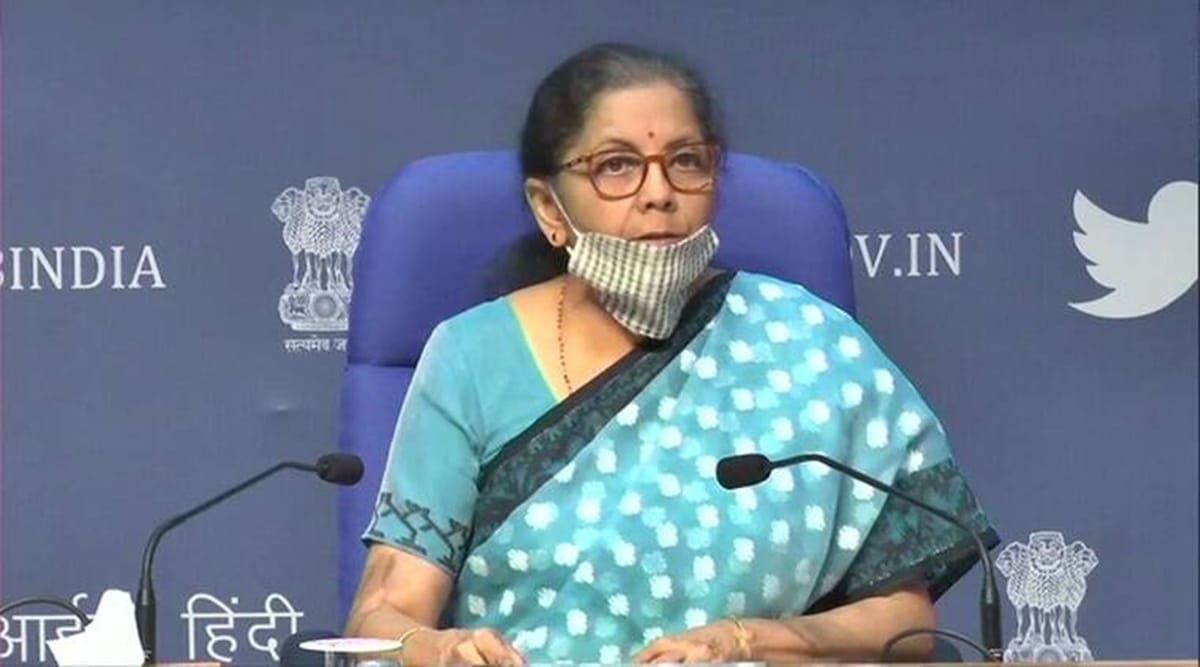Finance Minister Nirmala Sitharaman announced that the government has earmarked Rs 2,217 crore for 42 urban centres with a million-plus population to focus on clean air.
The budget has focused primarily on clean air in the environment sector – with its objectives spanning across ministries and sectors, from National Clean Air Programme under the Ministry of Environment, Forest and Climate Change to the ministries of Power, New and Renewable Energy and Urban Affairs.
Finance Minister Nirmala Sitharaman announced that the government has earmarked Rs 2,217 crore for 42 urban centres with a million-plus population to focus on clean air.
The minister had made a similar announcement, with an allocation of Rs 4,400 crore for cities above one million population. But hit by Covid-19, disbursement only started in the later part of this year, say experts.
“It is important to focus on urban centres so this announcement is welcome, but as we know from our recent experience, budgets need to be in line with regional air sheds – such as the NCR air shed. The policy also needs to be performance-linked so that the disbursal of funds is effective,” says Anumita Roy Choudhury, air pollution expert at the Centre for Science and Environment.
“These funds come mainly as a recommendation of the 15th Finance Commission and are directly disbursed to urban local bodies for a five-year period with the intention of reducing 5 per cent air pollution annually, which is in keeping with the goals of the National Clean Air Programme, to reduce air pollution between 20-22 per cent by 2024.’’
Roy Choudhury says one of the most welcome announcements for clean air is that of the voluntary vehicle scrapping policy.
Sitharaman announced the policy to “help phase out old and unfit vehicles’’ and to encourage “fuel-efficient, environment friendly vehicles”.
Under this policy, vehicles will undergo fitness tests in automated fitness centres after 20 years in case of personal vehicles, and after 15 years in case of commercial vehicles.
“The one area that we wish the government had shown more ambition in is that of electric vehicles because this is the decade of transitioning to electric transport,’’ says Roy Choudhury.
A slew of other measures such as a focus on segregated waste management, handling of construction and demolition debris, stress on public transportation and emphasis on renewable energy are also being seen as a push to tackle air pollution.
The Finance Minister further announced a Hydrogen Energy Mission for generating hydrogen out of green powered sources. She also announced Rs 1,000 crore to the Solar Energy Corporation of India and Rs 1,500 crore to Indian Renewable Energy Development Agency.
“We have already acknowledged that solar energy has a huge promise for India. To build up domestic capacity, we will notify a phased manufacturing plan for solar cells and solar panels. At present, to encourage domestic production, we are raising duty on solar inverters from 5 per cent to 20 per cent , and on solar lanterns from 5 per cent to 15 per cent,’’ said Sitharaman
“Budget 2021 should have been leveraged to accelerate India’s energy transition and provide an ambitious action plan to meet 450 GW of renewable energy by 2030. Having a long- term vision could have helped the government lay the ground for innovative interventions that can scale up renewable energy projects,” says Rishabh Jain of Centre for Energy Finance.
“In the current budget, the government has increased customs duties on solar inverters and solar lanterns which will help domestic manufacturers in the short run. However, India needs a clear and robust policy on domestic solar manufacturing,’’ he says.
The Finance Minister also announced an allocation of Rs 4,000 crore over five years for a Deep Ocean Mission to be carried out by the Ministry of Earth Sciences. There are several components to this mission, including exploration of mineral deposits such as manganese, nickel and cobalt. The Mission also has components of preservation of marine biodiversity and setting up observatories to monitor climate change.
Source: Read Full Article


